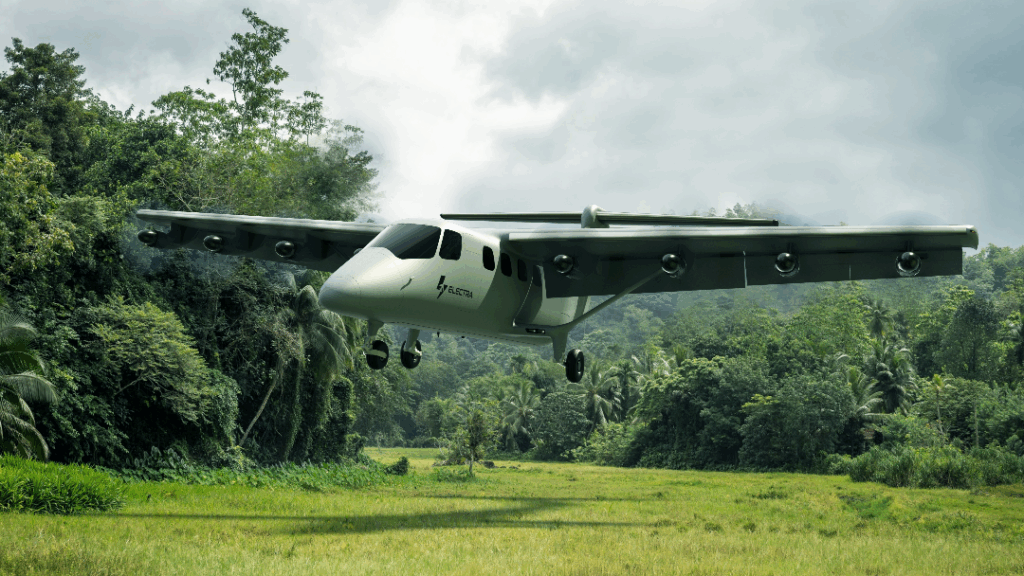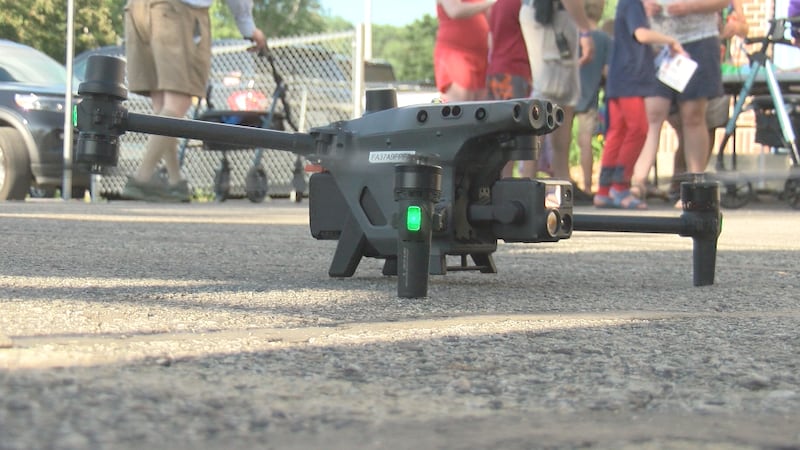Australian Army Investigates Electra's Game-Changing Hybrid-Electric Aircraft Tech for Enhanced Mobility

Boosting Defence Capabilities: The Australian Army is taking a significant step towards modernising its aviation assets by exploring innovative hybrid-electric aircraft propulsion technology. A recent research contract awarded to Electra, a pioneering company in this field, signals a commitment to enhancing operational mobility and reducing the environmental impact of military aviation.
Electra's STOL Vision: Electra is renowned for developing ultra-short takeoff and landing (STOL) aircraft, designed to operate from confined spaces and challenging terrains. Their hybrid-electric propulsion systems are a key component of this vision, offering a compelling blend of performance, efficiency, and sustainability.
The Research Contract: The Army's research contract focuses on maturing Electra's hybrid-electric propulsion technology. This involves rigorous testing and refinement to ensure the systems meet the demanding requirements of military operations. The initial scope of the contract is relatively small, but it represents a crucial first step in evaluating the potential of this technology for broader adoption within the Australian Defence Force (ADF).
Why Hybrid-Electric? Traditional aircraft propulsion relies heavily on fossil fuels, contributing to emissions and logistical challenges. Hybrid-electric systems, combining electric motors with conventional engines, offer several advantages:
- Increased Efficiency: Electric motors are inherently more efficient than combustion engines, leading to reduced fuel consumption and operating costs.
- Reduced Emissions: The integration of electric power can significantly lower greenhouse gas emissions, aligning with Australia's sustainability goals.
- Quieter Operation: Electric motors produce less noise than conventional engines, enhancing stealth capabilities and reducing noise pollution at operating bases.
- Enhanced Performance: Hybrid-electric systems can provide increased power and maneuverability, particularly during takeoff and landing.
Implications for the ADF: The successful development and integration of hybrid-electric aircraft propulsion could have profound implications for the ADF. It could enable:
- Greater Operational Flexibility: STOL aircraft with hybrid-electric propulsion can access remote and austere locations, expanding the ADF's operational reach.
- Reduced Logistics Footprint: Lower fuel consumption translates to reduced reliance on supply chains, simplifying logistics and freeing up resources.
- Improved Environmental Sustainability: A greener aviation fleet contributes to Australia's commitment to environmental stewardship.
Looking Ahead: While the current contract is focused on research and development, it lays the groundwork for potential future acquisitions of hybrid-electric aircraft by the ADF. As Electra continues to refine its technology and demonstrate its capabilities, the Australian Army's investment in this area is likely to yield significant long-term benefits for national defence and operational effectiveness. The exploration of this technology underscores the ADF's commitment to staying at the forefront of aviation innovation and ensuring its continued ability to respond to evolving security challenges.
Further development and collaboration will be crucial to unlock the full potential of hybrid-electric aircraft for the Australian Defence Force.






